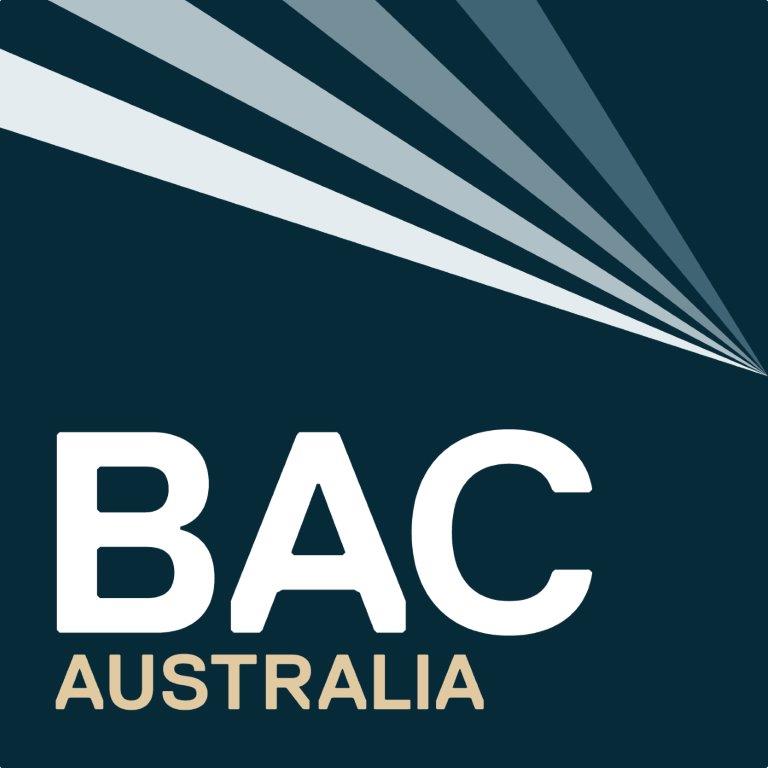Information
-
This checklist should be completed, saved as PDF, and returned to environment@bne.com.au by the end of each month.
-
Scope of inspection: areas and tasks undertaken by Civil Maintenance and Airport Lighting team, including: civil asset maintenance, drain maintenance, airside vegetation, line marking and removal, fleet management, underground storage tanks, refuelling, wash bay and airport lighting.
-
Conducted on
-
Prepared by
Environment Awareness
-
BAC Hangar has the HSE Hub with the Environmental Management page. This is available for all staff to access to show the environmental risks for your team (see "Environmental Risk Register"), and the minimum level of environmental controls (see "Environmental Management Manual" Appendix 1 for Environmental Control Plans).
-
Is BAC's Environment Policy pinned on the noticeboards in main areas?
-
Have any new staff in the team been given instructions on environmental management relevant to their job (eg where to find spill kits, correct use of bins, storage of chemicals, incident reporting?)
-
Are procedures/SOPs available to manage environmental risks?
Incident Response
-
Environmental incidents requiring a response could include a chemical or fuel spill, injured wildlife, leaking equipment or dumped waste. All incidents at BAC should be logged in the GRC system.
-
Are all spill kits in workshops, sheds, wash bay and refuelling areas topped up (see list inside lid) and free of any rubbish or other items? Tick "yes" if the spill kits have unbroken black tie securing the lid.
-
Is there a spill response procedure available to staff/contractors?
-
Have any incidents or spills occurred in the past month that have not yet been reported to GRC?
Contractor Management
-
All long or short term contractors must be managed by BAC to ensure they are mitigating their environmental risk.
-
Do any contractors carrying out work (a) have contracts with environment clauses (b) been assessed for environmental risk and been required to have environmental management documents if required?
-
Are contractors routinely checked they are fulfilling their environmental requirements?
Hazardous Substances
-
Hazardous chemicals can cause harm to the environment if they are released into the soil, air or waterways. They include fuel, oils, paint, chemicals, herbicides/pesticides, contaminated soil / water, and some cleaning agents. For more information on a certain chemical, consult the applicable safety data sheet (SDS) in ChemWatch. New hazardous substances should be reviewed and any applicable control measures added to Standard Operating Procedures. Please inspect all areas/workshops/sheds with storage of hazardous substances to complete this checklist.
-
Are all chemicals/fuels stored appropriately - away from public access, larger bulk chemicals on bunds, no storage outside, away from drain openings, gas cylinders in a cage, dangerous good in a yellow cabinet?
-
Do chemicals, fuels or other hazardous substances have labels on the containers to say what they are? (even if decanted into another containter)
-
Are there QR codes available near storage areas to access Safety Data Sheets (SDS) on ChemWatch?
-
Have any new hazardous substances been introduced - do they have an SDS available?
-
Are maintenance and testing schedules up to date for bulk fuel storage (underground and above ground fuel storage tanks for lighting and vehicle fuel?)
Waste Management
-
Wastes should be stored appropriately to prevent environmental harm of leaks or incorrect disposal, or posing a safety risk to people.
-
Are drums, paint cans, equipment, batteries or other items in a designated waste area or bin?
-
Do designated bins have labels and contain the right items? Eg oil cans in regulated waste bin, cardboard in recycle bin, metal in steel bin?
-
Is the area free from any dumping (eg fridges, drums, old equipment, soils)?
Air, Soil and Water Quality
-
Is the site free from a dusty haze, or exhaust from any activities?
-
Is the site free from any signs of spills, sediment plumes or discolouration in drains or creeks?
-
Are any sediment fences, soils or banks appearing stable, undamaged and free from erosion?
-
Is the site free from signs of soil being tracked onto the roads from work sites?
-
Are any vehicles, plant, equipment or bins free from signs of leaks?
Flora and Fauna
-
Has pooling water been drained so disease-carrying exotic mosquitoes cannot breed?
-
Is the area free from dead fish/animals in drains or other areas?
-
Is the area free from suspected fire ant nests in outdoor grassed or earthen areas? (see fire ant training in TechOne)
Other Comments
-
Enter any additional items not addressed above.
-
Add media
Corrective Actions
-
For any questions marked "No" in this inspection, please provide some more details and corrective actions below. Contact the Environment Team at environment@bne.com.au if you want to discuss issues or solutions.
-
Enter any actions taken, or yet to be taken, in relation to potential non-conformances or risks identified above. Where possible, identify the person responsible for ensuring the corrective action is completed, and a timeframe.
-
Signature of person undertaking inspection






![EMS Internal Audit Protocol: Management Level (2) DO [BAC-ENV-FRM-11] EMS Internal Audit Protocol: Management Level (2) DO [BAC-ENV-FRM-11]](/media/8b8131c7-f054-4fed-841e-d701c3a8ecee)
![EMS Internal Audit Protocol: Management Level (4) ACT [BAC-ENV-FRM-13] EMS Internal Audit Protocol: Management Level (4) ACT [BAC-ENV-FRM-13]](/media/3e539a48-ab7f-48c5-9818-92fa3d37d762)
![EMS Internal Audit Protocol: Management Level (1) PLAN [BAC-ENV-FRM-10] EMS Internal Audit Protocol: Management Level (1) PLAN [BAC-ENV-FRM-10]](/media/522a9b53-78a8-458d-963e-6e6de6b16188)
![EMS Internal Audit Protocol: Management Level (3) CHECK [BAC-ENV-FRM-12] EMS Internal Audit Protocol: Management Level (3) CHECK [BAC-ENV-FRM-12]](/media/b472f527-0cde-4528-8e93-2182b87d066a)
![Tenant / Operator Environment Inspection (Long) [BAC-ENV-FRM-09] Tenant / Operator Environment Inspection (Long) [BAC-ENV-FRM-09]](/assets/img/homepage/categories/transport_logistics.svg)
